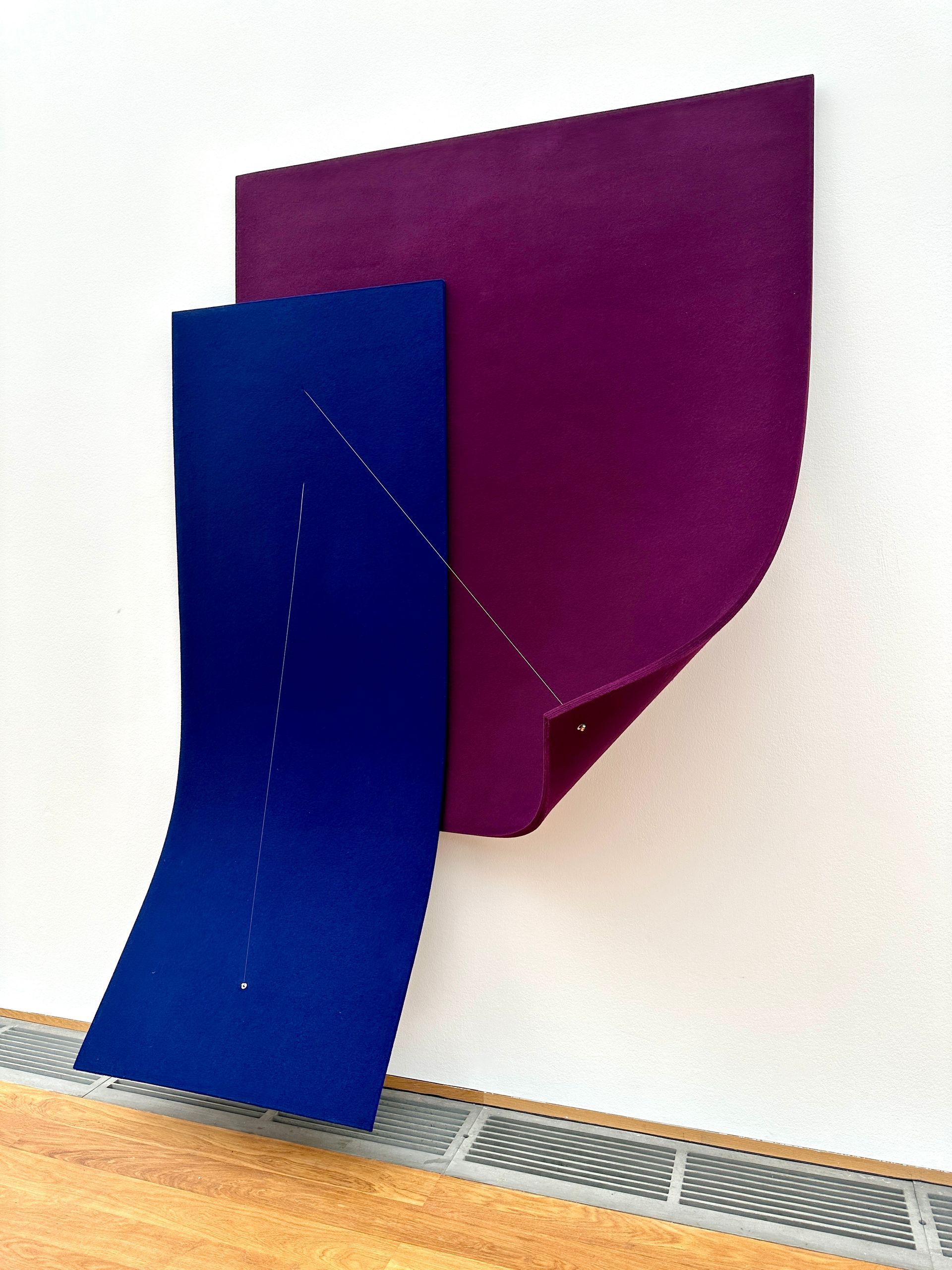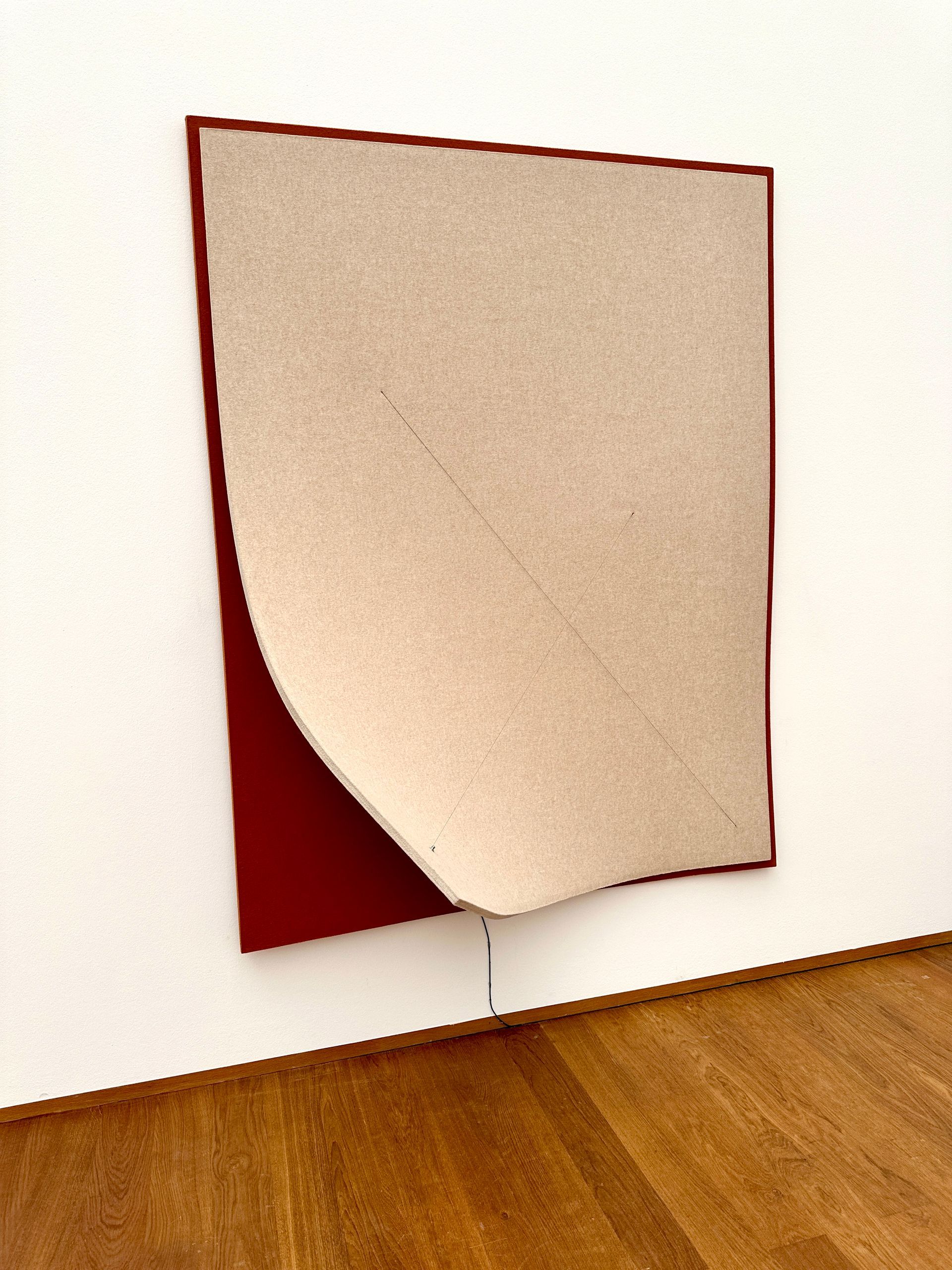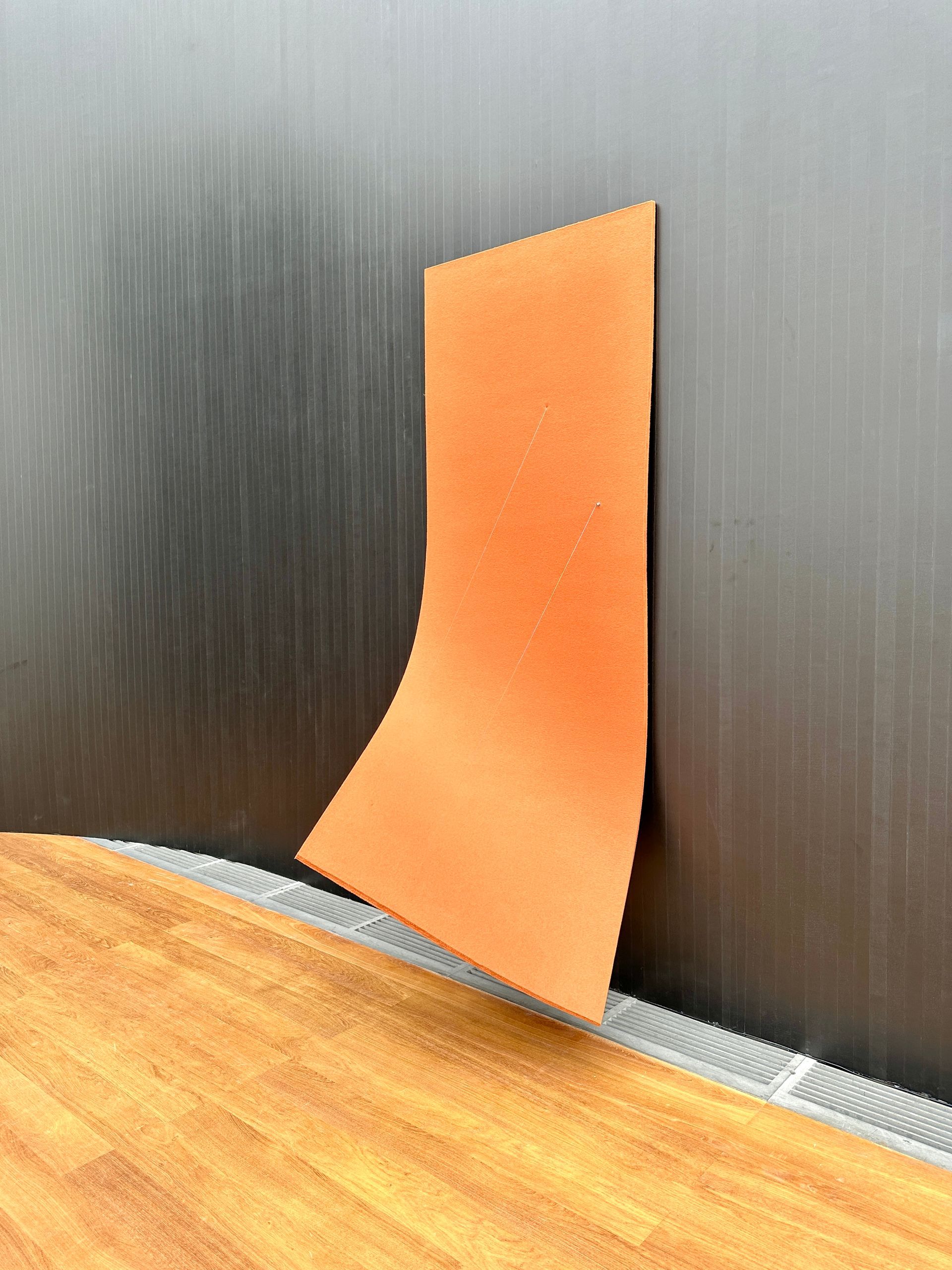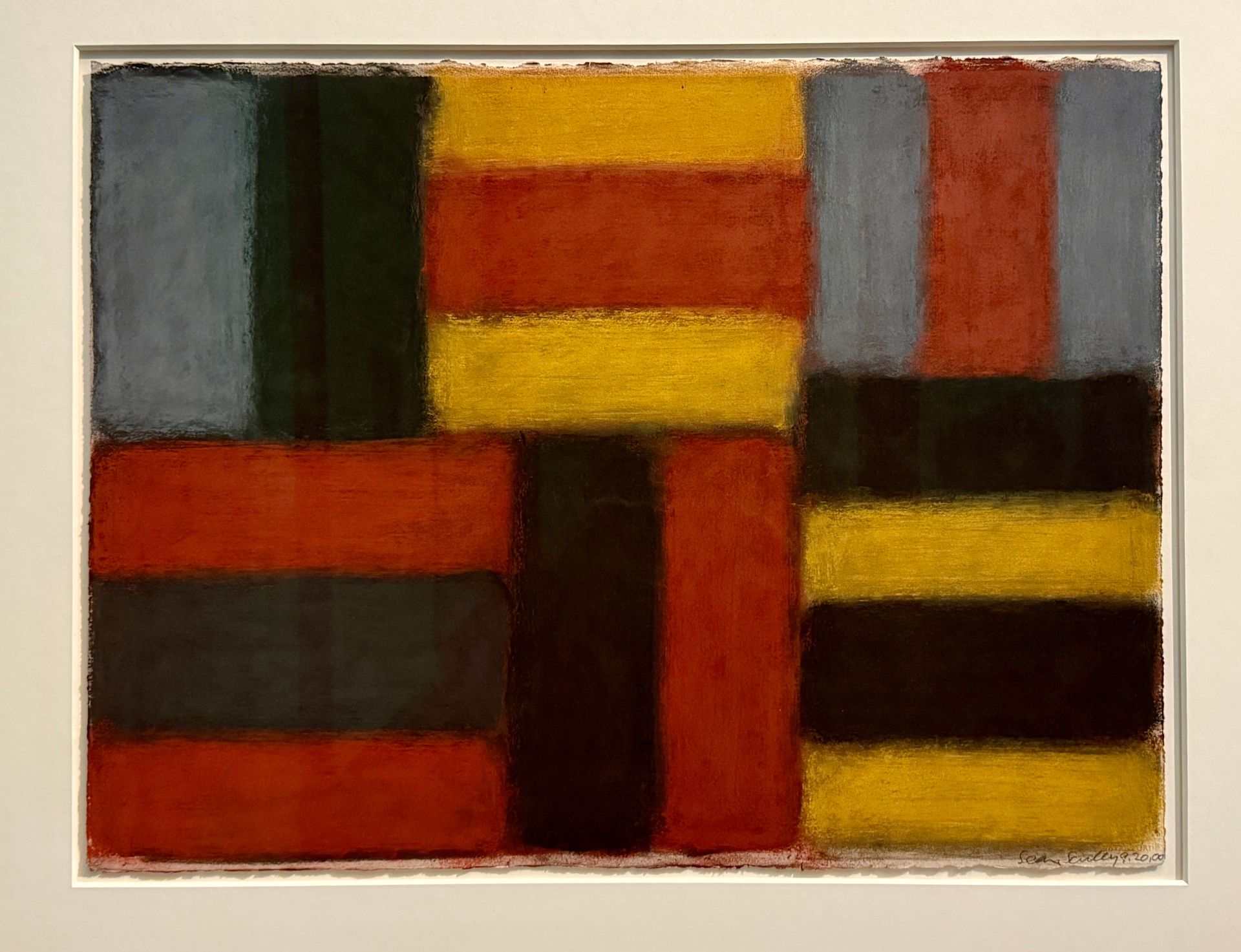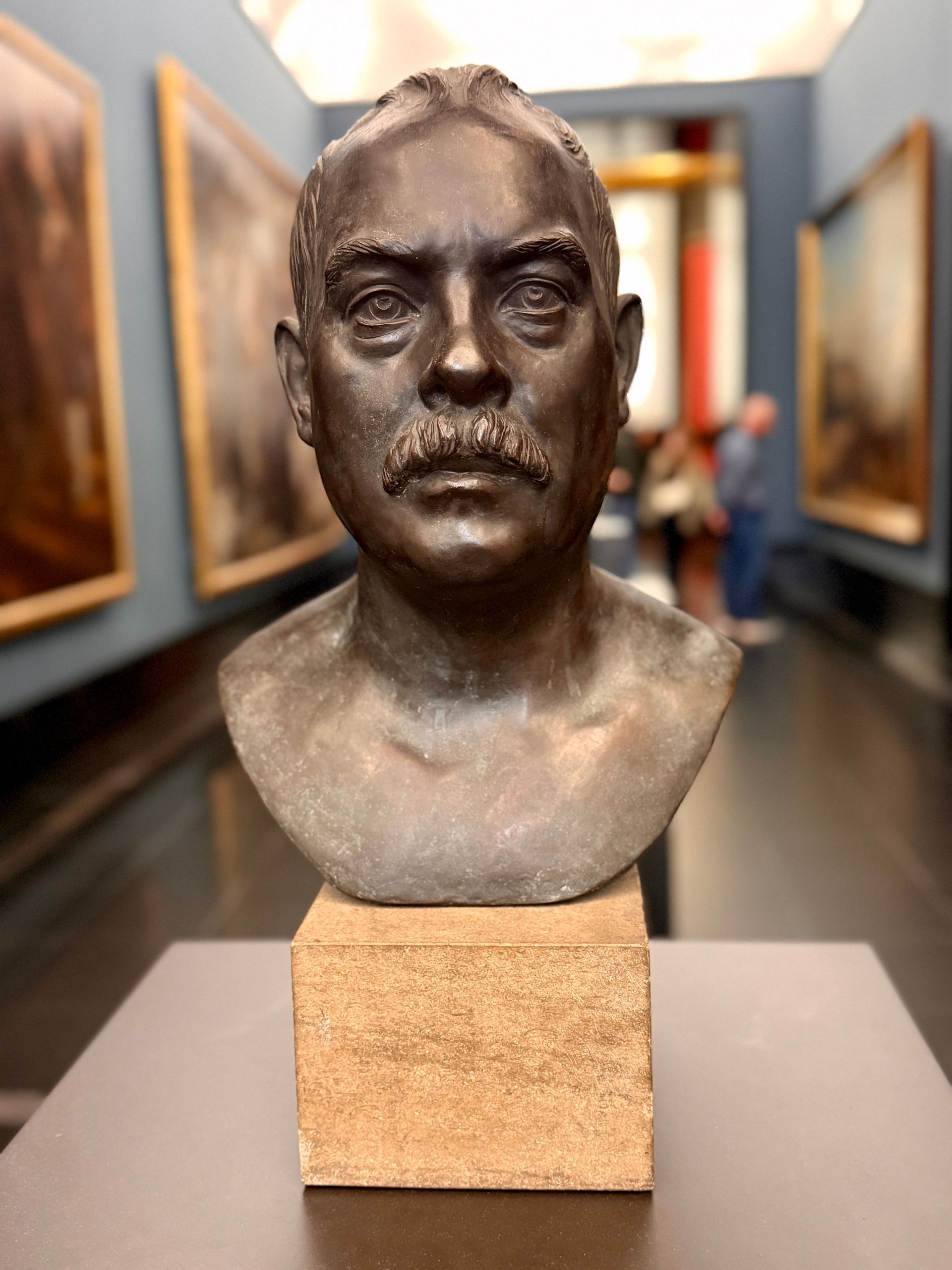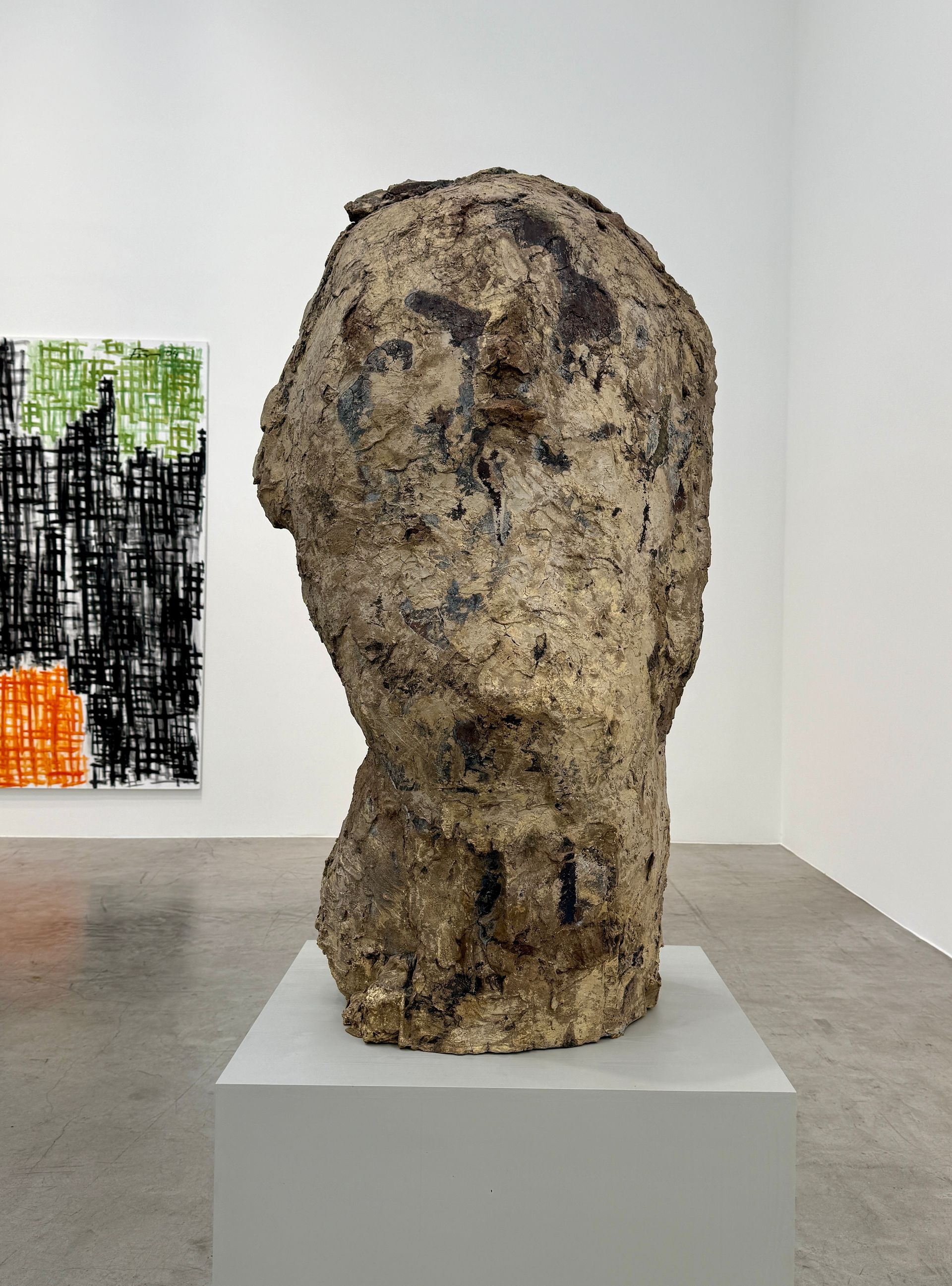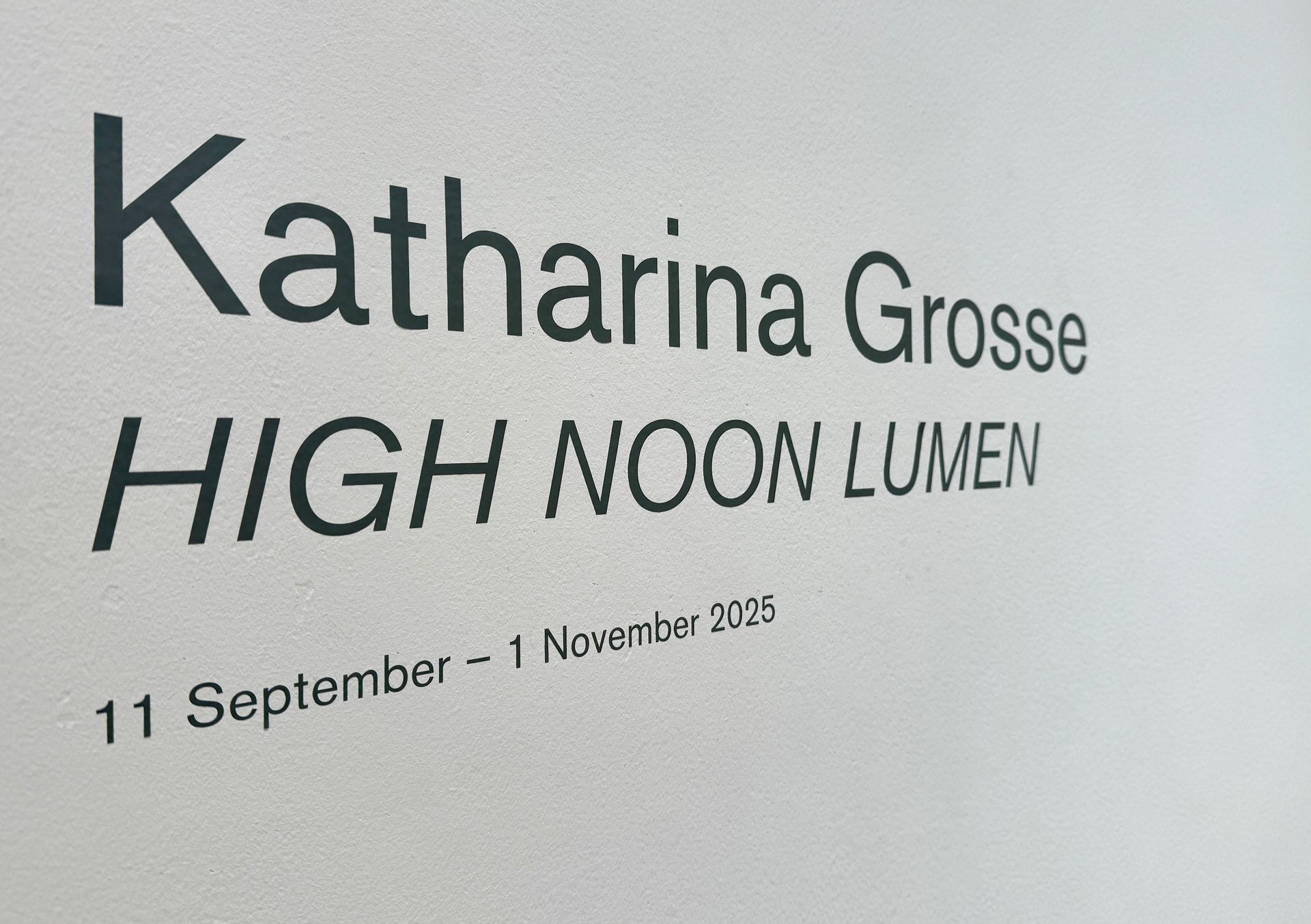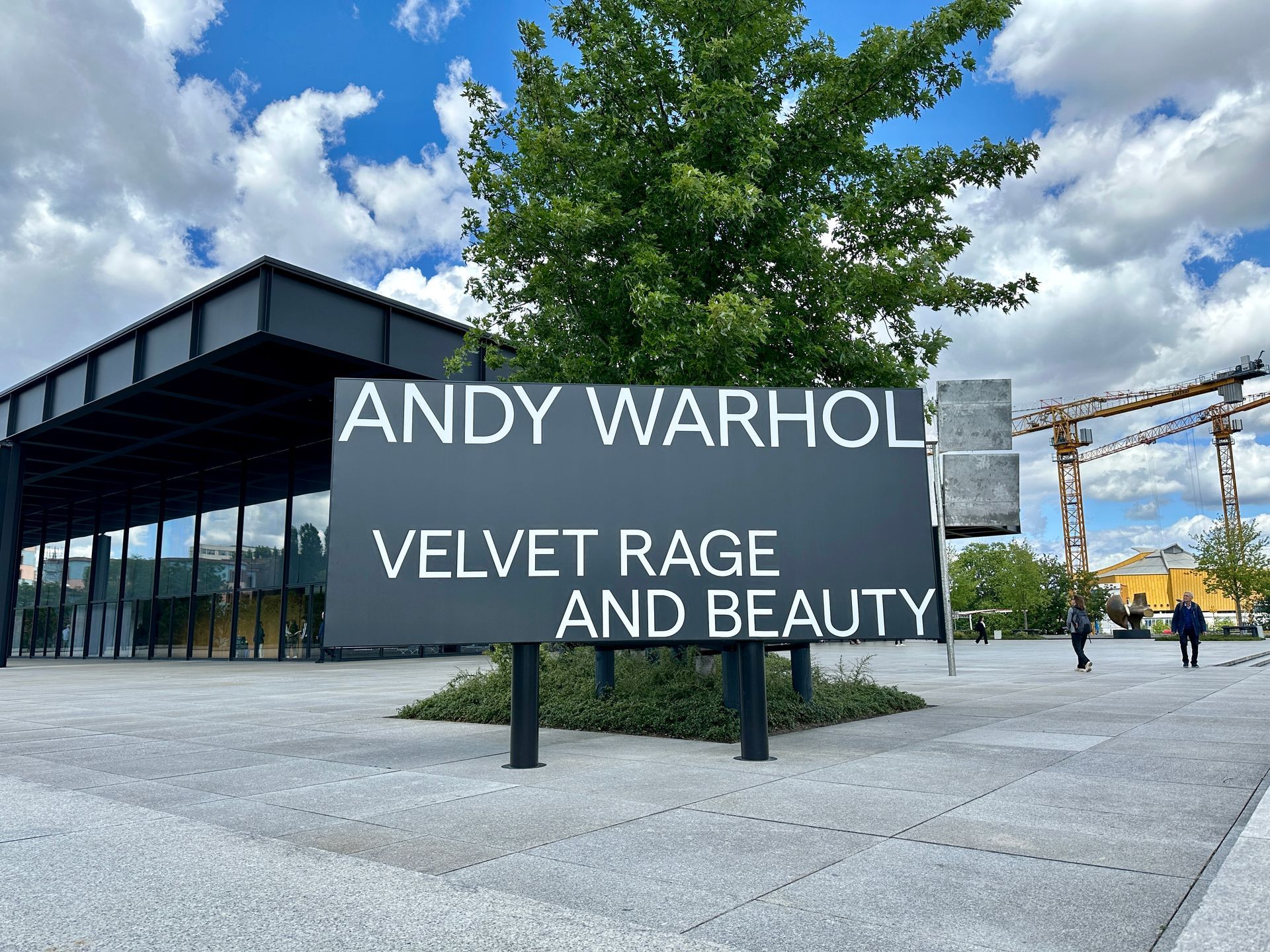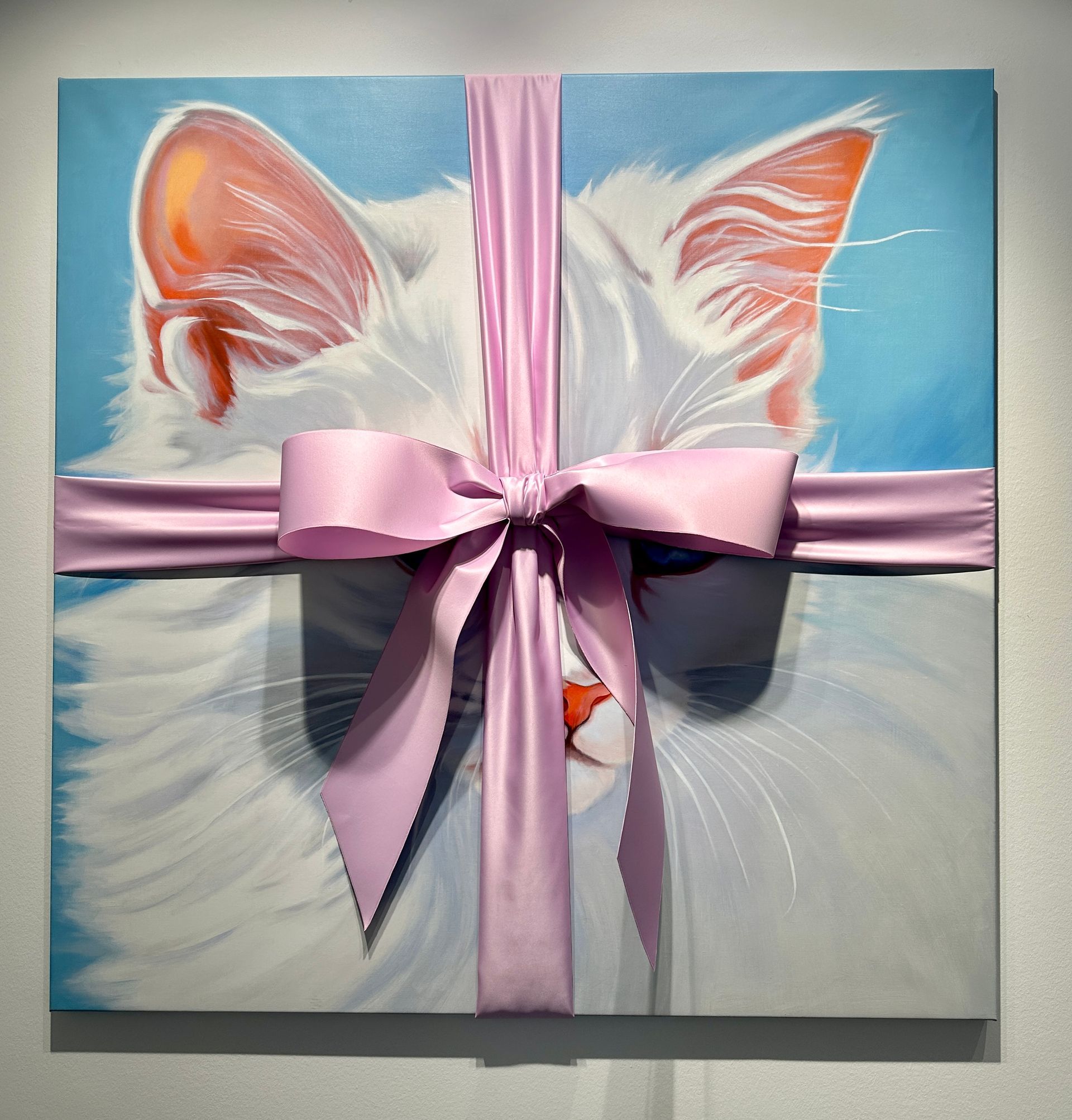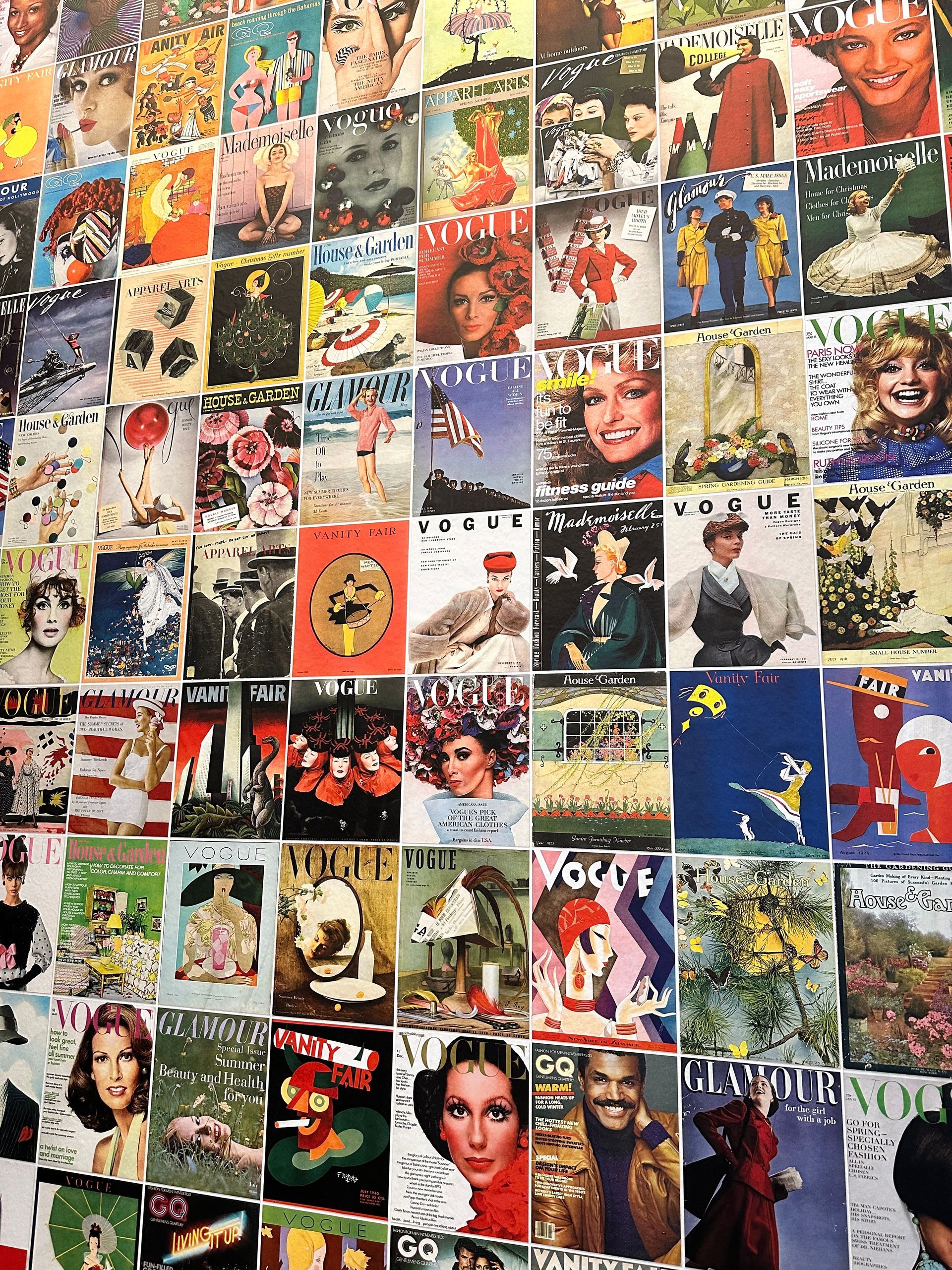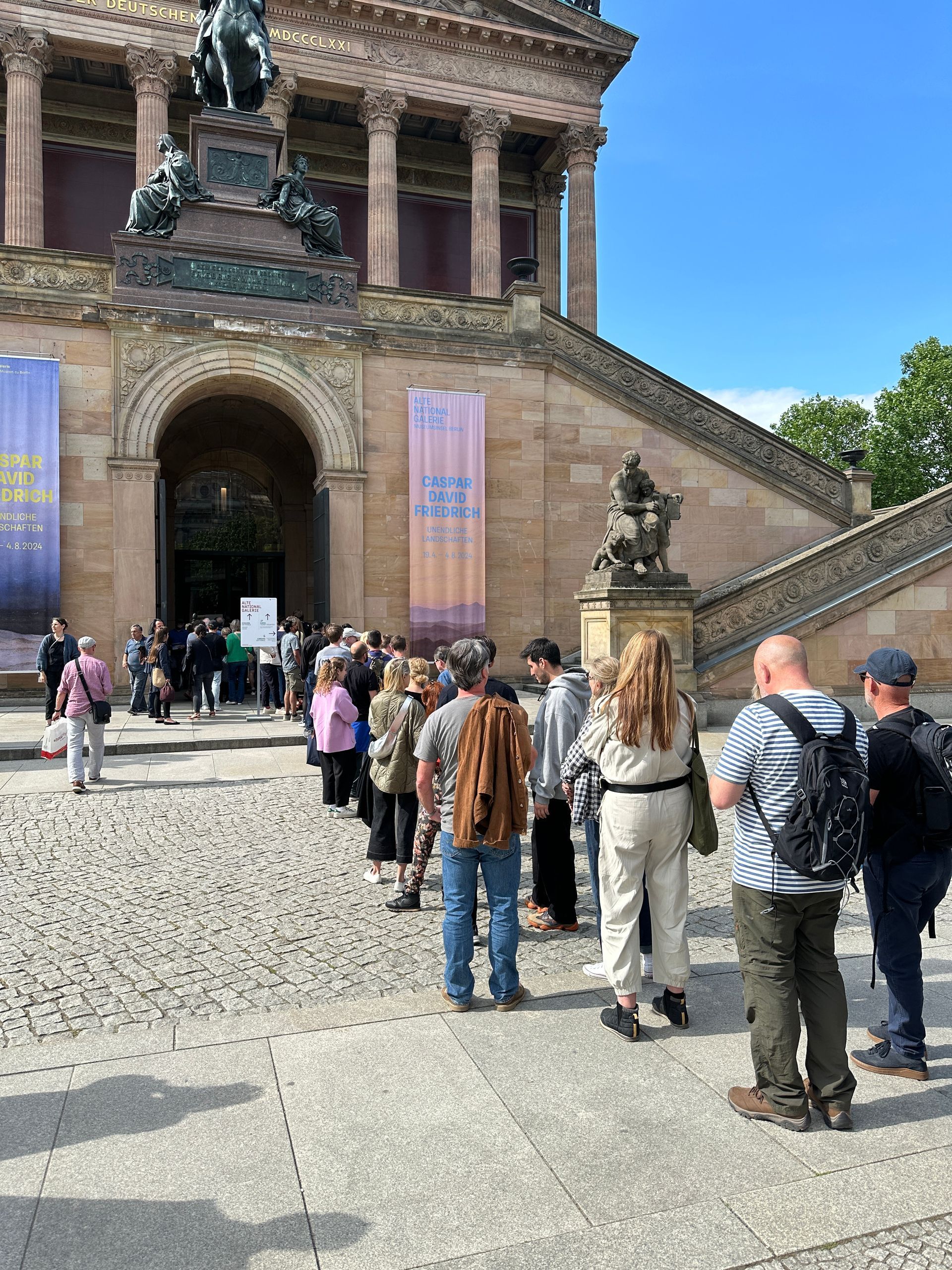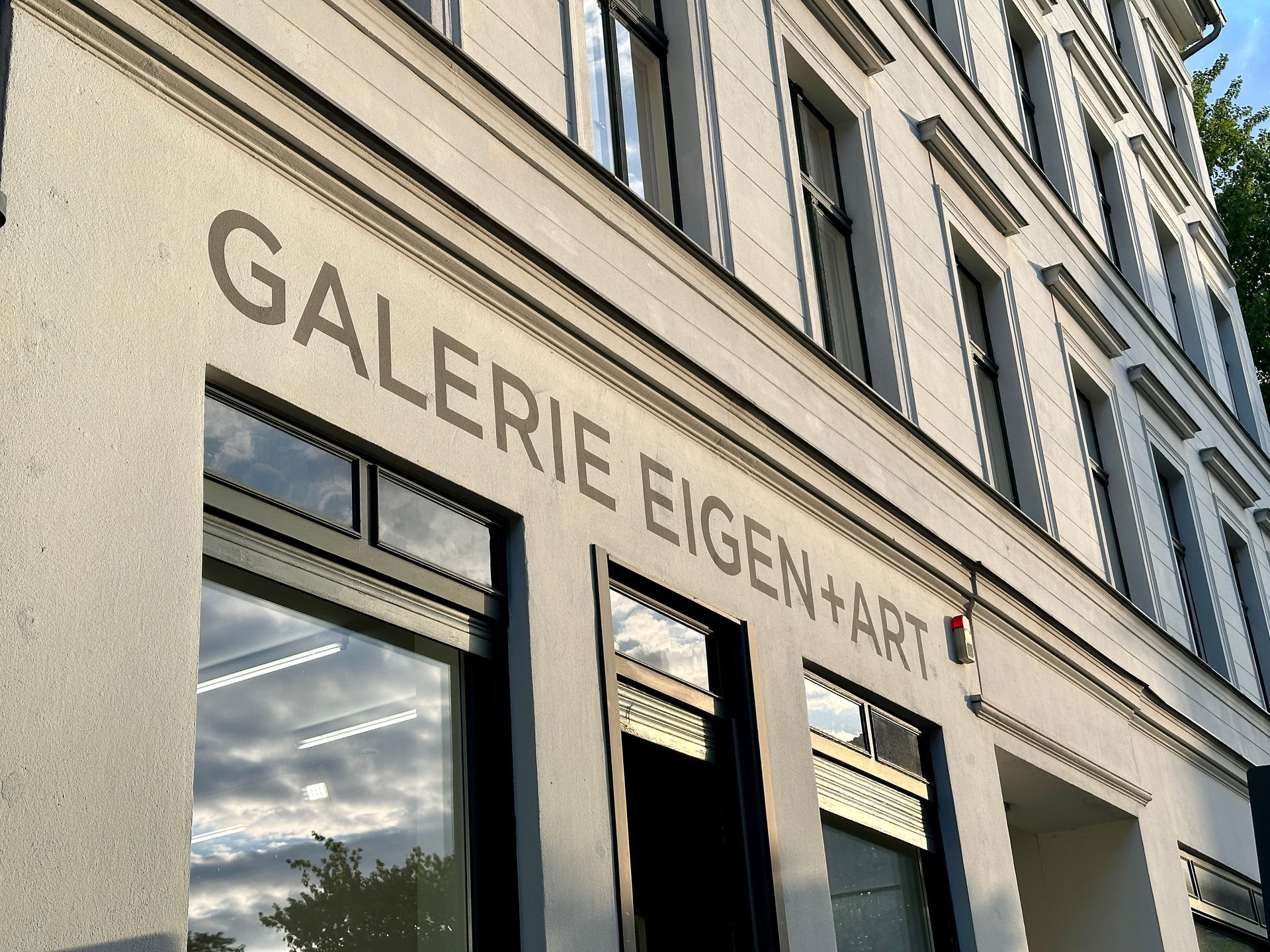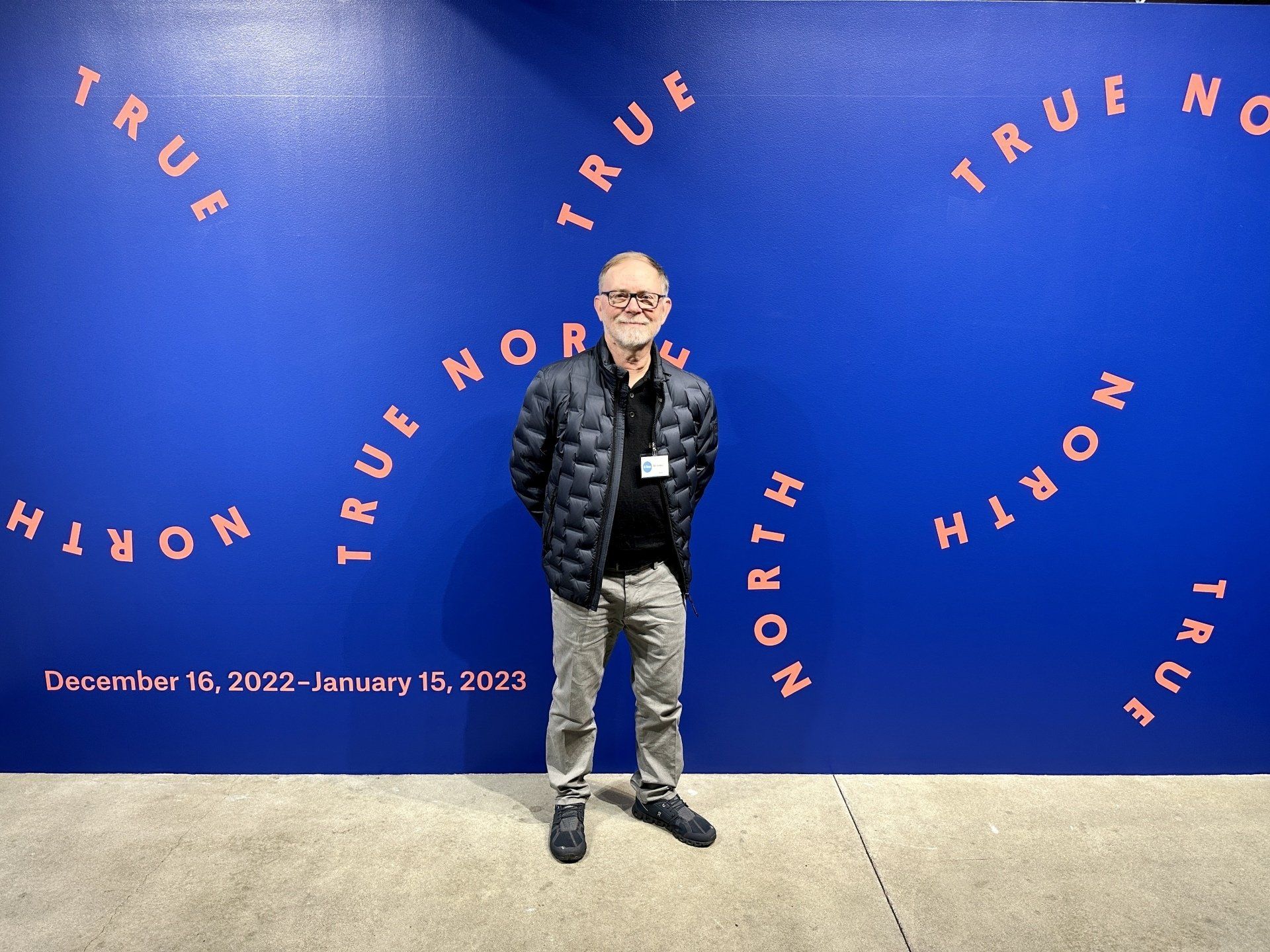Intellect and Heart:
Joseph Beuys and Naama Tsabar Matched at Hamburger Bahnhof
Israel-born Naama Tsabar is paired with the iconic German visionary and artist Joseph Beuys in an exhibit at Hamburger Bahnhof. The artists compliment each other well. Tsabar’s work adds a softer and humanizing touch to Beuys’ hardscrabble, hyper cerebral pieces.
Beuys’ work remains mostly elusive to me, although the more I dive into it, the more I can find some “hand holds” to guide me. His ideas combine politics, science, education, and economics, while touching on themes of mysticism, empathy, and community. It’s all there, but given to us in a form that is pretty oblique. But it’s that oblique-ness that motivates the viewer to give more time to the art. Even though the materials Beuys uses are tactile: felt, wood, rusted metal for example, the art experience ends up being cerebral. He believed art has the power to transform society and ultimately the world. I agree that when art becomes more than simply a form of entertainment, it really can change lives - sometimes a little, sometimes a lot.
Included in the exhibit is this large portrait of Joseph Beuys by Andy Warhol , and may represent how Andy viewed Beuys - as more of an “art star,” than the artist-economist-social architect that Beuys is remembered as. This silkscreen painting has a frosting of glass dust, giving the piece some bling. The rough-hewn basalt pillars on the floor are similar to the ones used in Beuys’ 7,000 oaks project where 7,000 oak trees were planted as a part of the 1982 documenta 7 international art event. Each tree planted was accompanied by one of the stones.
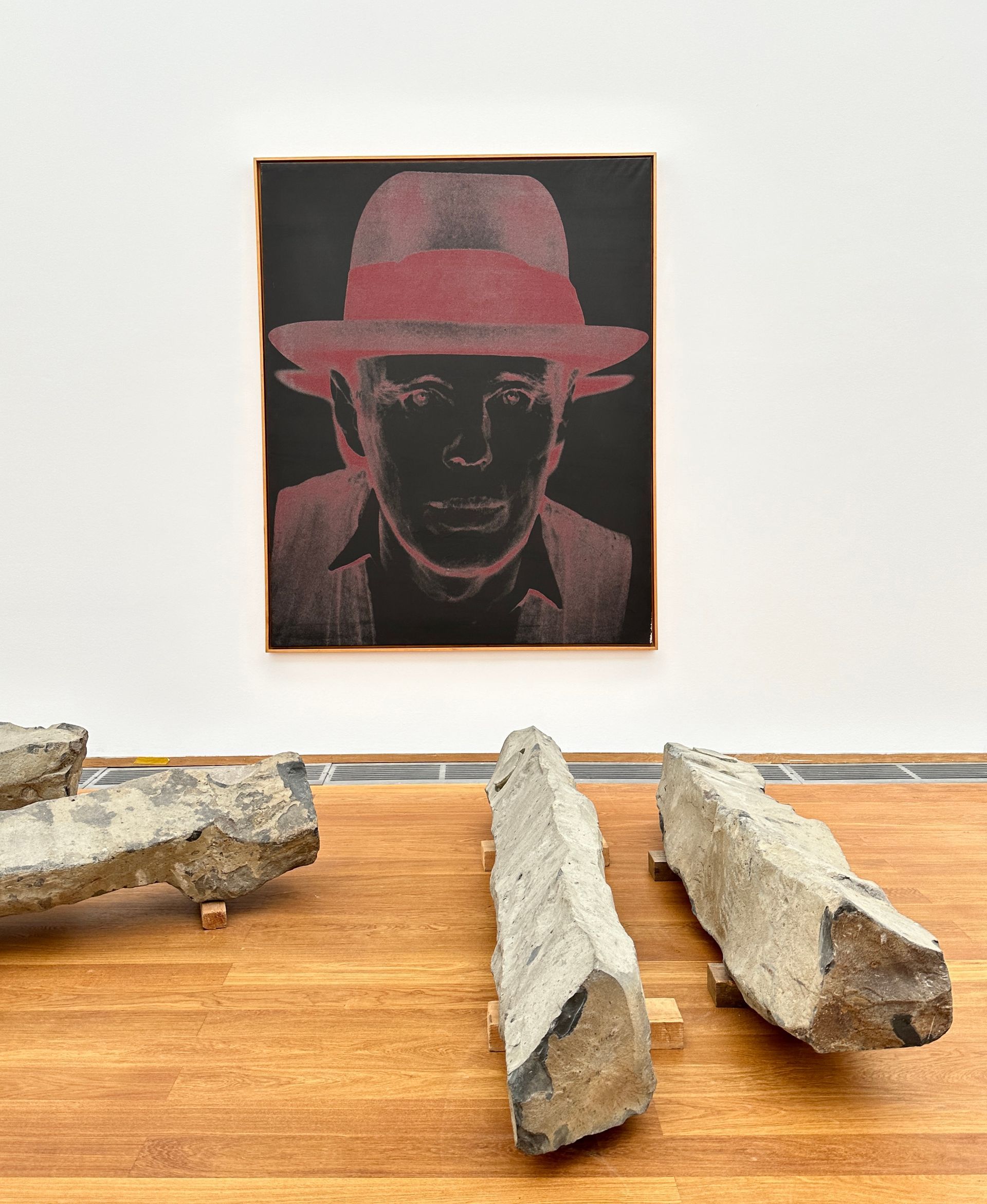
The “Energiestab” (Energy Staff) is an example of Beuys’ interest in combining science and mysticism. His writings describe the interaction between people and sculpture as his “energy plan.” The sculpture challenges the viewer, who might be trying to figure out if the piece is friend or foe. Does it function like a lighting rod, by keeping us safe from an explosive energy release? Or does it carry a high voltage that could kill anyone who touches it? As with all of Beuys’ work, it involves some puzzle-solving in order to navigate his art.

Naama Tsabar’s Shoe Metronomes - there are three pair distributed throughout the exhibit - effectively mark not only the passage of time, but point out the precarious thread that our lives hang from. The pulse of the metronome shoes is set between 60 to 80 beats per minute, similar to the average, at-rest heart rate. Tsabar wore the shoes for certain periods of time, until the shoes conformed to the shape of her feet. The shoes end up storing both the movement and the form of the artist.
The Tsabar’s Inversion series pieces are built into the exhibition walls, and consist of “sound holes,” framed by bands of earth-toned colors. You have to reach into the holes in order to make the art happen. A variety of sounds occur: singing, cicadas whirring, and synthesized electronic tones. The differently shaped holes allude to the sound holes in guitars and classical stringed instruments, as well as taking on sexual meanings - although the erotic aspects of the series are absent in any of the exhibition literature.
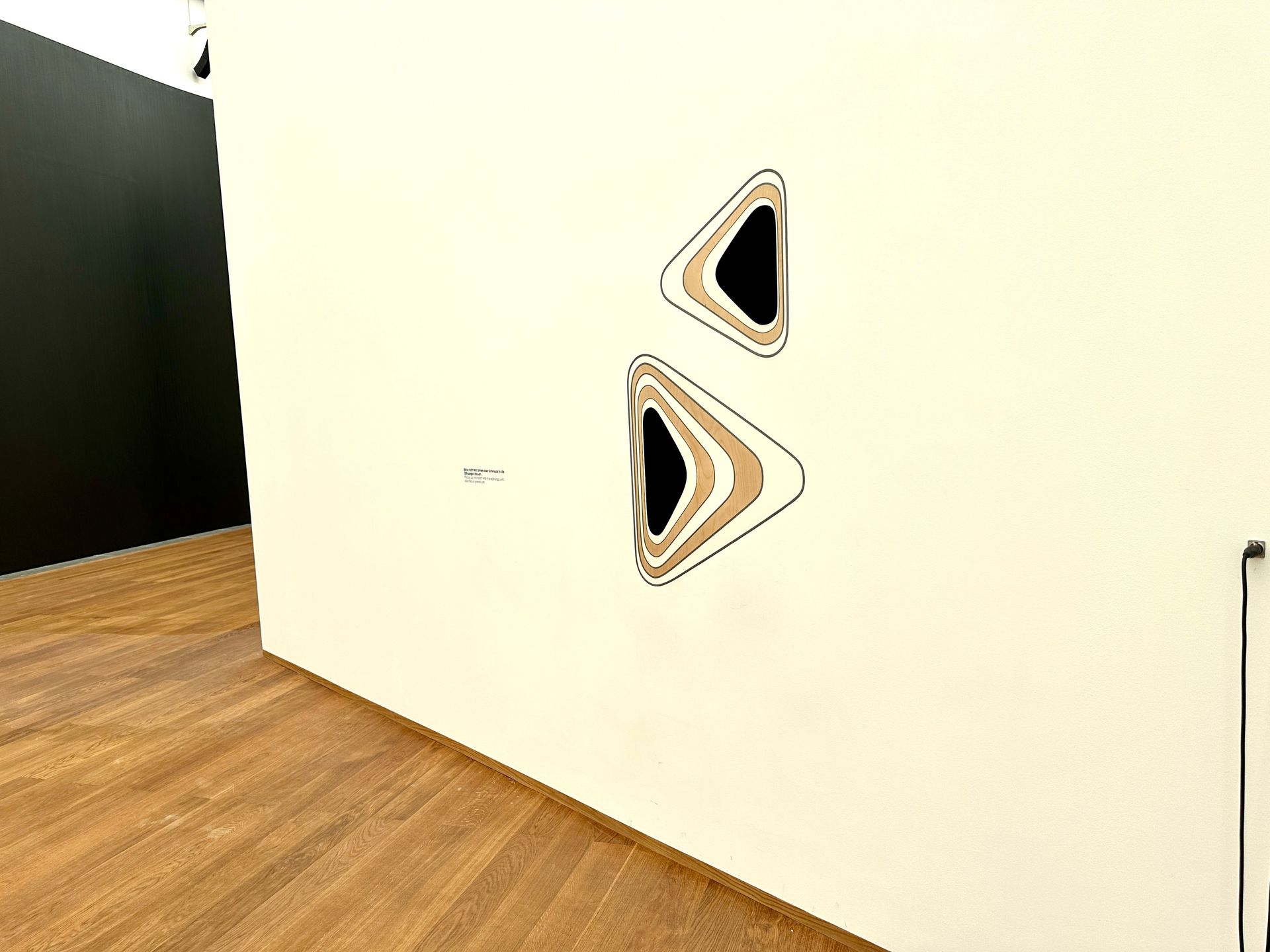
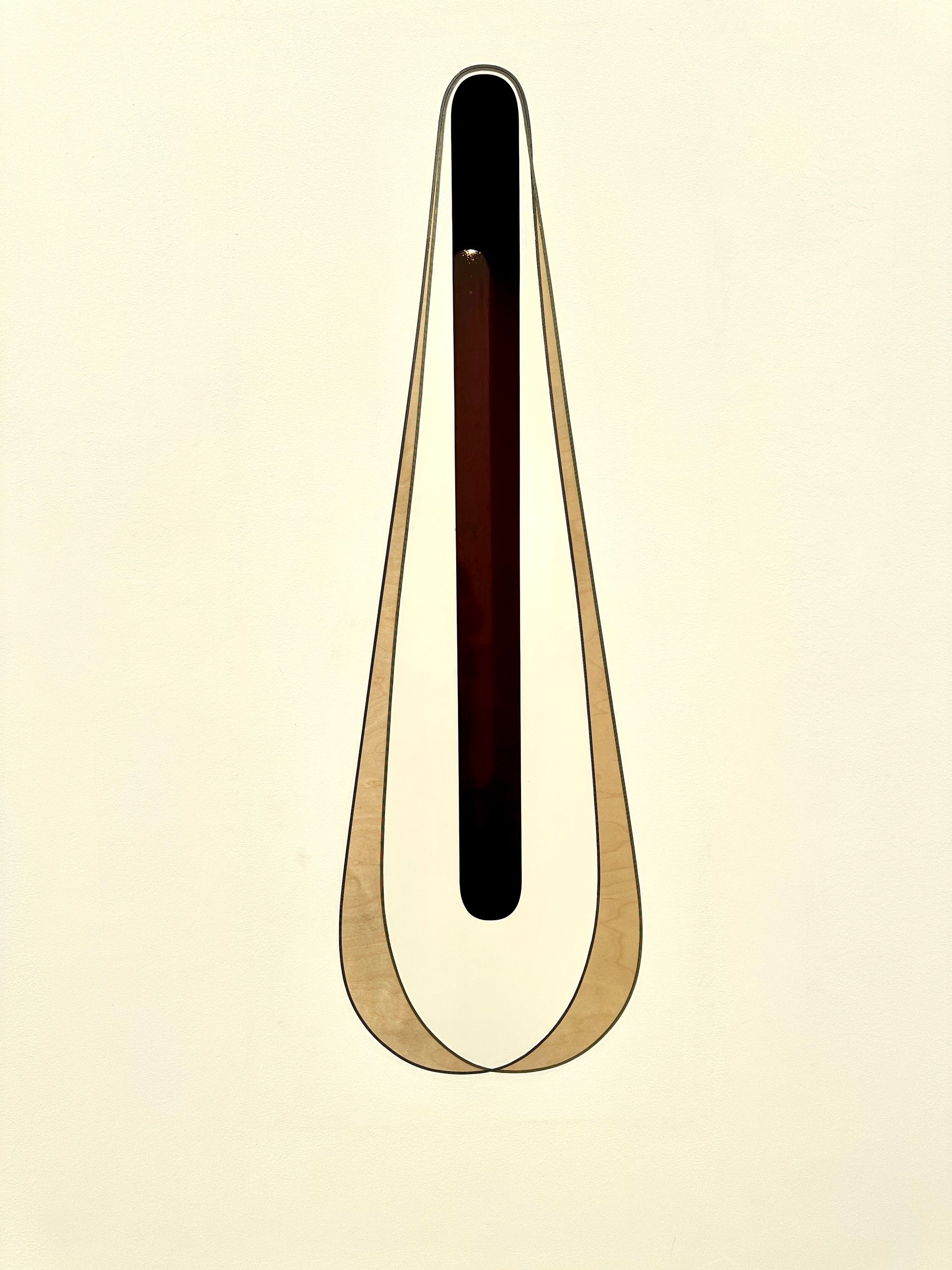
I found Tsabar’s Works on Felt series to be the most engaging part of the exhibit. Large, thick slabs of felt float off the wall. You can feel the weight of these bulky shapes, yet they lift up, as if a breeze is coming through the exhibit. Piano wire is stretched across the felt structures and museum-goers can pluck the strings, creating a amplified note that echoes through the room, but is partially muffled by the felt. The pieces are visually very beautiful, with rich, saturated colors, and the sound from these “instruments” is a plus.
The exhibit runs through 9/22/24.
